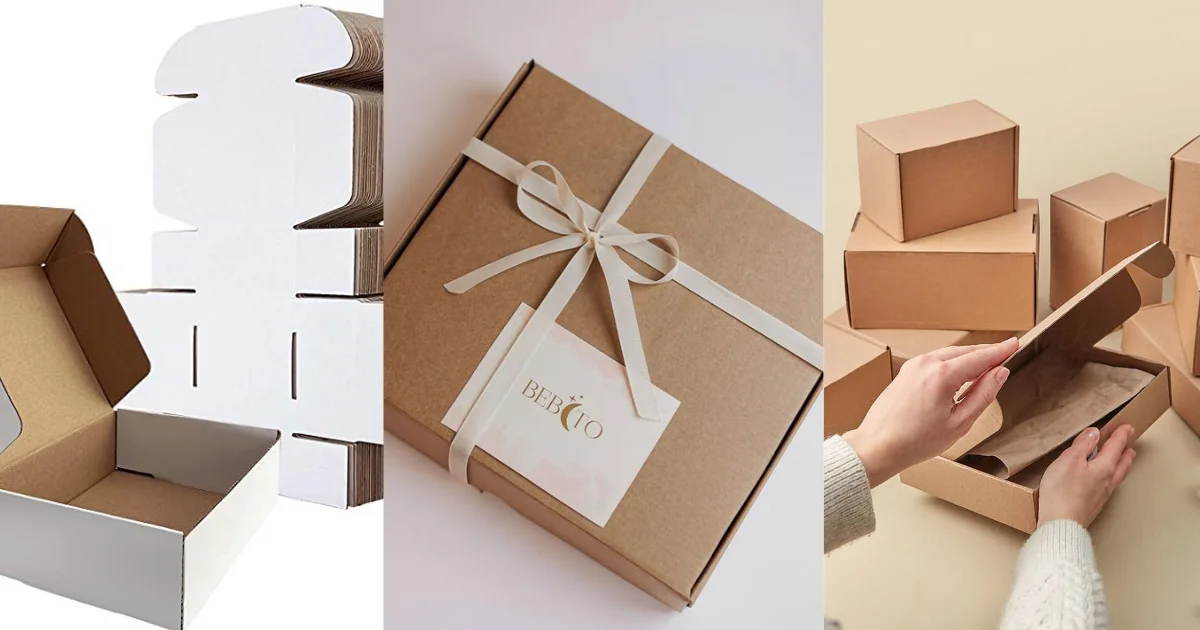Channel your inner Vogue and Confidence!

Few things are more frustrating than opening a box at your new home and realizing you packed it all wrong. Whether it’s broken dishes, tangled electronics, or missing essentials, poor packing is a common source of post-move regret. The good news? It’s avoidable.
Packing doesn’t have to be a headache. With a few smart strategies and thoughtful preparation, you can ensure your belongings arrive safely, are easy to find, and contribute to a smooth transition. Here’s how to pack like a professional and protect your move from future frustration.
Packing well begins with packing less. Before you even reach for a box, take time to sort, declutter, and discard. Be honest with yourself—do you really need three slow cookers or clothes that haven’t been worn in two years?
Go room by room and create three categories: keep, donate, and toss. This not only lightens your load but also ensures you’re not wasting time or money moving things that won’t serve your future lifestyle.
Using the wrong materials can undermine even the best packing techniques. Invest in or gather:
movers from a reputable moving company often come equipped with commercial-grade supplies. If you’re doing it yourself, don’t cut corners—good materials prevent damage and make the process faster.
One of the most common sources of post-move stress is disorganized labeling. Instead of scribbling “miscellaneous” or “kitchen,” create a clear system.
Try color-coding boxes by room using stickers or markers. Include contents and destination room on each label. For example: “Bedroom – Winter Clothes – Box 1 of 3.” This eliminates guesswork and helps movers place boxes in the correct locations without constant supervision.
Some people even number their boxes and keep a master list detailing the contents. It might sound excessive—but come unpacking time, you’ll be grateful.
After a long moving day, the last thing you want to do is dig through ten boxes to find your toothbrush or phone charger. Designate one or two “open first” boxes with:
This smart move prevents unnecessary chaos during your first night.
When wrapping fragile items:
Dishes should be packed vertically with cushioning on all sides. Glasses should be wrapped and placed upright. Electronics should have anti-static wrap and labeled cables stored in zip bags nearby.
Always mark boxes with fragile contents—and don’t stack them under heavier items.
It’s tempting to fit as much as possible into the biggest box you can find, but this is a common mistake. Large boxes packed with books or heavy tools become unmanageable and prone to breaking. Instead, use smaller boxes for heavier items and reserve large boxes for light but bulky contents like linens, pillows, and comforters.
A good moving company will confirm that balancing box weight and volume makes loading and unloading faster, safer, and less physically taxing.
Save on bubble wrap by using what you already have. T-shirts, scarves, towels, and socks can protect breakables and fill voids in boxes.
Wrap vases with sweaters. Use socks to cushion cups. Fill gaps around fragile items with soft fabric. This strategy is both efficient and eco-friendly—and it lightens your laundry load at the same time.
Tape every box securely with at least two strips on top and bottom. Reinforce the corners of heavier boxes. Use stretch wrap to keep drawers closed or bundle awkward items.
As boxes are loaded into the moving truck or van, stack them by weight—heavy on bottom, light on top. Avoid leaving empty space between stacks as it can cause shifting during transit.
Teams like Tera Moving Services understand the science behind stacking and weight distribution, which minimizes breakage and keeps your belongings stable from start to finish.
Underestimating how long packing takes is another common pitfall. Even with the best intentions, most people fall behind. Give yourself more time than you think you’ll need—and stick to a daily packing schedule.
Aim to start packing two to three weeks in advance. Begin with non-essentials (seasonal items, books, décor), then move toward daily-use items as moving day approaches.
Rushing leads to sloppy packing, missed items, and increased stress—none of which you need during a transition.
After your move, take note of what strategies saved time and what you would change next time. Did your labeling system make unpacking easier? Were there fragile items that needed more protection? Did your essentials box truly cover what you needed?
These insights not only prepare you for future moves—they make you a more efficient organizer in everyday life.
Packing doesn’t have to be a dreaded chore. When approached with strategy, structure, and the right tools, it becomes a step toward a smoother, more satisfying move. And by reducing errors, stress, and post-move regret, you set yourself up for success from day one.
With thoughtful support from professionals like Tera Moving Services, your move becomes less about mistakes and more about mastery.
Let me know when you’re ready to proceed with the final article—blog ten will wrap the series with a fresh angle.

The Fashion and Style enthusiast with a flair for drama and entertainment! A millennial on the lookout for the trending styles inspired by and believes in: “You can get anything in life if you have the right dress for it!” Adding a little magic through the power of words and not holding back on fashion and styling opinions! Let’s connect to stay on top of trend alerts and the who is who of Fashion world and get inspired to give your personality the styling oomph you’ve been craving for! Nageen Abbas at Vogue Vocal is the brains behind our Woke Vogue and Lifestyle Library!